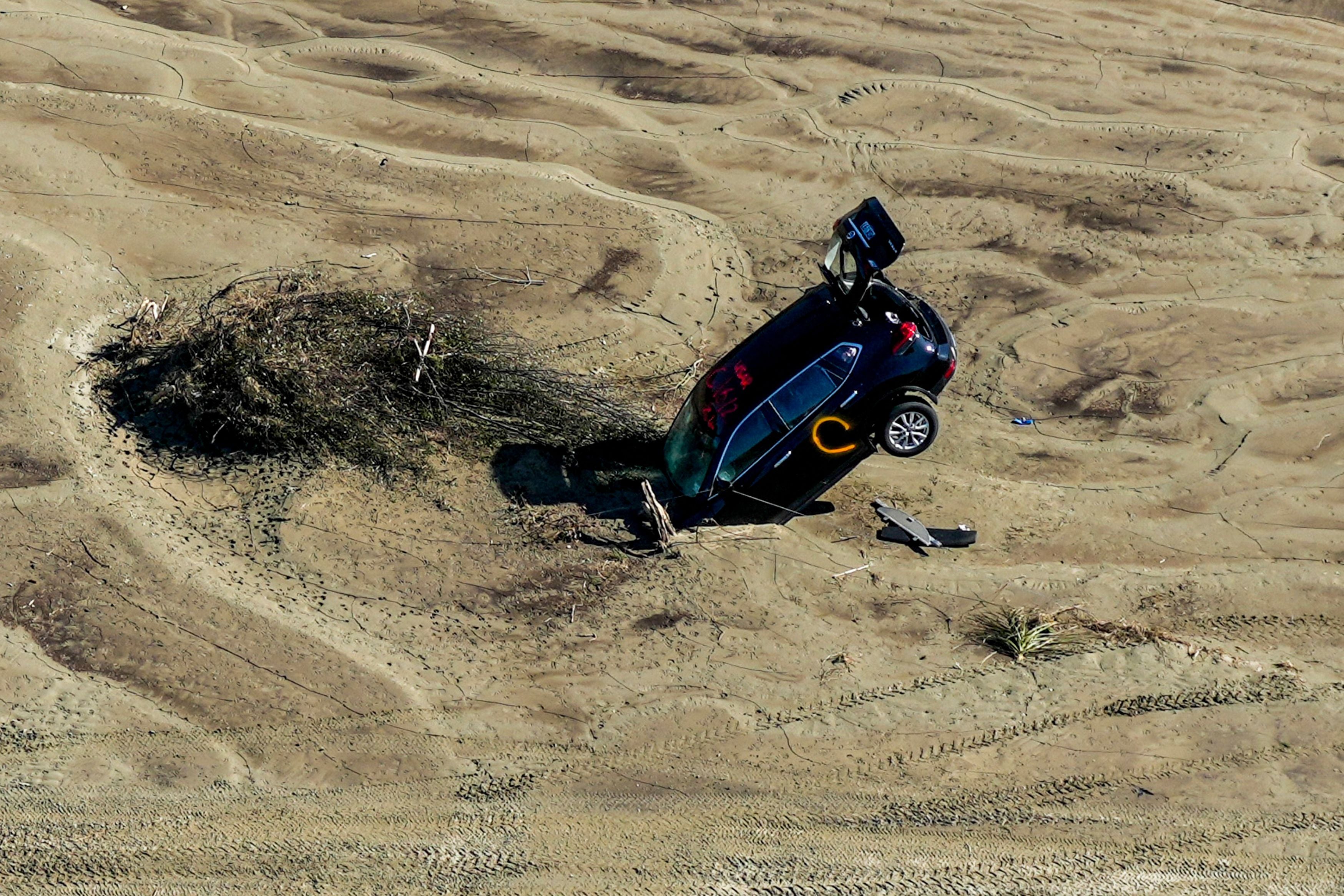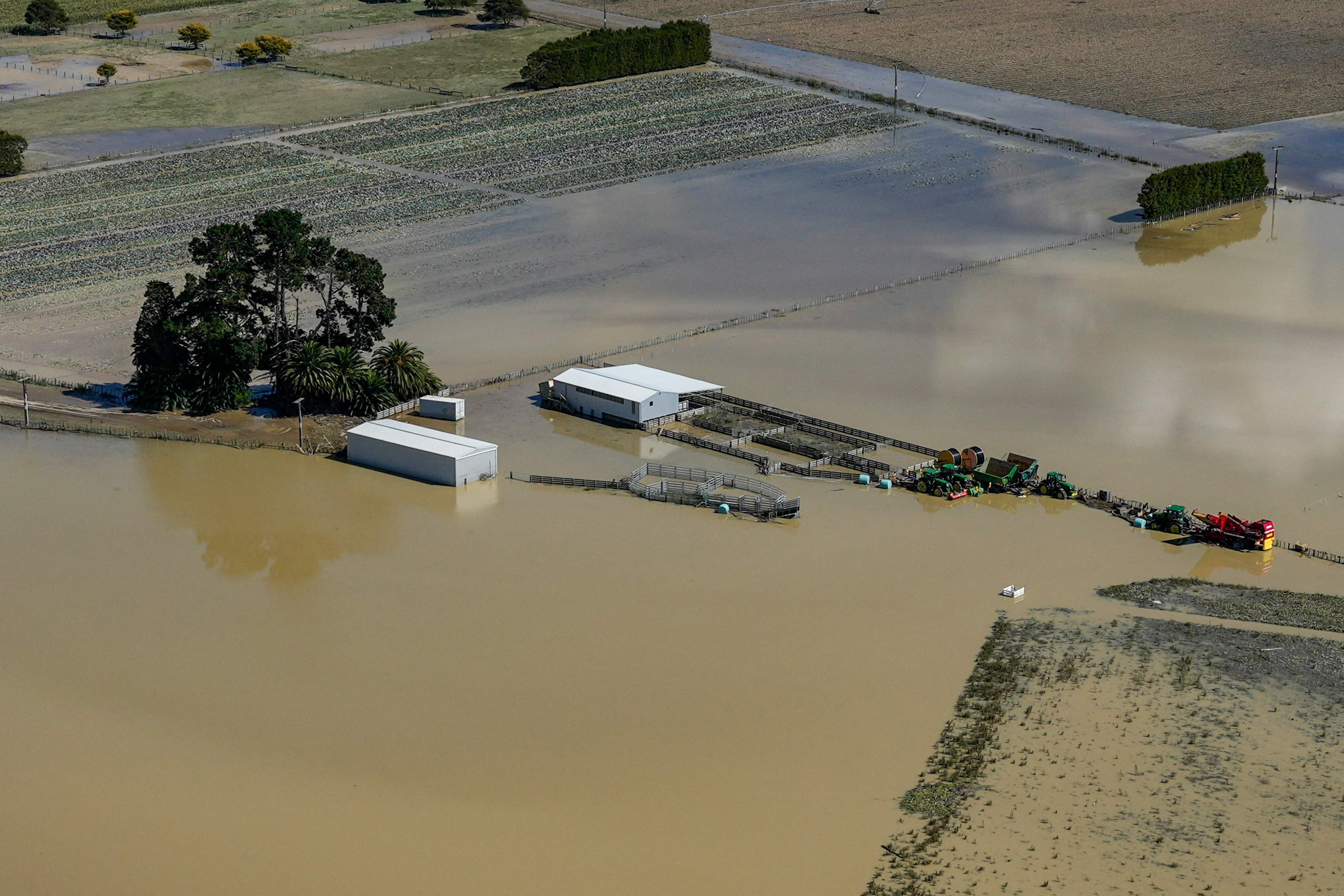Thousands go missing in a week after ‘once-in-a-century’ disaster strikes New Zealand
‘The true extent of the devastation and loss becomes clearer with every passing day’
Your support helps us to tell the story
From reproductive rights to climate change to Big Tech, The Independent is on the ground when the story is developing. Whether it's investigating the financials of Elon Musk's pro-Trump PAC or producing our latest documentary, 'The A Word', which shines a light on the American women fighting for reproductive rights, we know how important it is to parse out the facts from the messaging.
At such a critical moment in US history, we need reporters on the ground. Your donation allows us to keep sending journalists to speak to both sides of the story.
The Independent is trusted by Americans across the entire political spectrum. And unlike many other quality news outlets, we choose not to lock Americans out of our reporting and analysis with paywalls. We believe quality journalism should be available to everyone, paid for by those who can afford it.
Your support makes all the difference.Thousands of people are still missing a week after New Zealand was struck by an unprecedented extreme weather event.
The level of destruction wrought by Cyclone Gabrielle is being compared to the havoc caused by the country’s most destructive storm, Bola, in 1988.
The cyclone lashed New Zealand’s north coast on 12 February and was dubbed by prime minister Chris Hipkins as the biggest natural disaster the island nation has faced in a century.
Gabrielle has caused widespread flooding, landslides and power outages, with the North Island east coast around New Zealand’s most populous city, Auckland, being the worst hit.
On Sunday, the death toll from the cyclone climbed to 11 and although Mr Hipkins had promised that those missing will likely be found alive, he said police were trying to determine the status of more than 3,000 even as 3,216 others were determined to be OK.
The cyclone also brought strong wind speeds of about 130km/hr (80 miles an hour) in some places, causing the destruction of many crops and the loss of power in about 28,000 homes.

More rain fell in some parts of the country in a span of a few days than the areas usually receive across all of the summer.
Weather reports suggest Auckland had now experienced around half of its annual rainfall just 45 days into 2023.
The cyclone’s effects were aggravated in some parts of the country, including the hard-hit Hawke’s Bay, due to rivers breaking their banks.
Police reported the death of two more people from the cyclone in Hawke’s Bay, increasing the toll by three since Friday’s count of eight.
“The true extent of the devastation and loss becomes clearer with every passing day,” Mr Hipkins said.

Teams are reportedly carrying out assessments on damaged homes in the coastal areas of Muriwai and Piha, about 60km west of Auckland, as military and emergency authorities are dropping critical supplies via helicopter to stranded communities.
Lives have been turned “upside down” by the cyclone, Mr Hipkins said, adding that recovery was going to be a “steep mountain ahead. The police are working to maintain law and order.”

Join our commenting forum
Join thought-provoking conversations, follow other Independent readers and see their replies
Comments